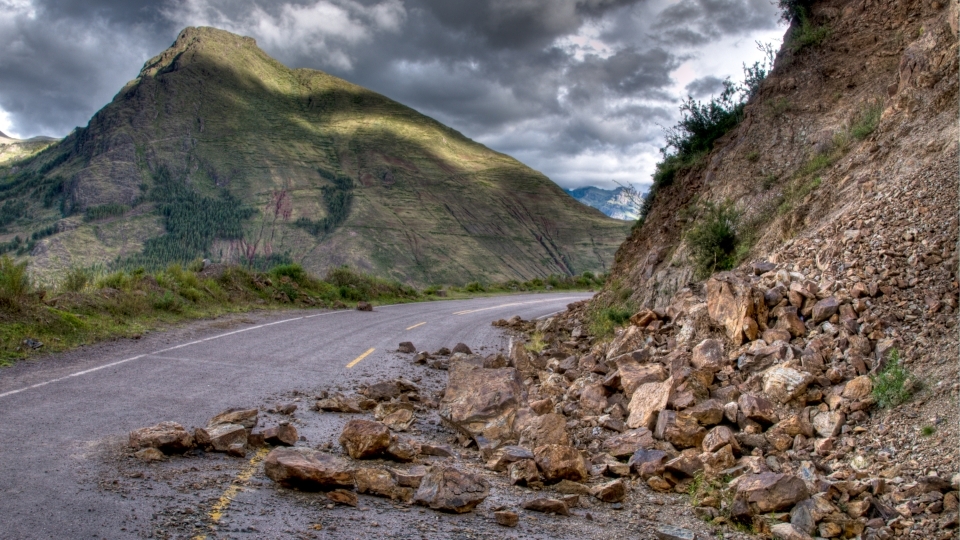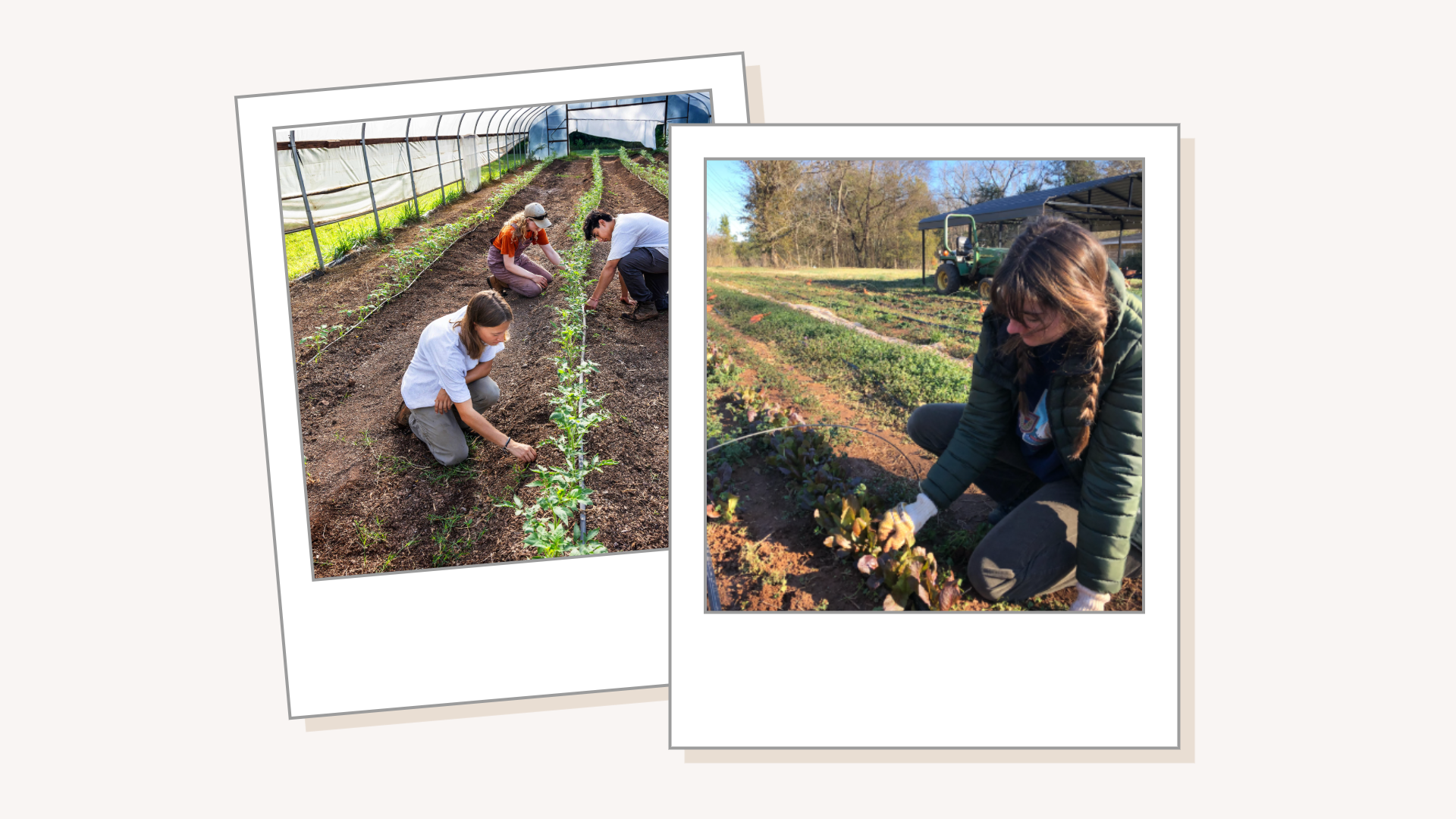Rainfall From Hurricane Helene Could Trigger Landslides in NC Mountain Regions
September 25, 2024
- Author
- Jay Pfeifer

Current forecasts predict that Hurricane Helene could dump 10-15 inches of rainfall in areas of the North Carolina mountains when the storm makes its way into the region later this week. The estimates are cause for concern and raise the potential for flash flooding and landslides.
Brad Johnson, Professor of Environmental Studies at Davidson College, studies landslides and erosion. Here, he answers our questions about the potential effects of the coming storm.
To contact Johnson, please email japfeifer@davidson.edu.
How do heavy rains trigger landslides?
The easiest way to think about it is to envision a pile of sand at the beach: You add a little water and surface tension creates cohesion between the grains of sand and the sand gets kind of sticky. However, if you add a lot of water, it turns into a slop pile. The same thing happens to soil on hillslopes.
The question is: Do you have enough water to overcome the cohesion between grains and start pushing the soil particles apart from one another? Once you do, the soil no longer has enough friction to stay in place and begins to flow downhill. In other words, the large rainfall totals that come with hurricanes and tropical storms can cause soil on hillslopes to cross from cohesive to loose.
Is there a way to predict when landslides happen?
We can’t predict with any certainty — at least not for a given site during a given storm — but scientists have established some thresholds in North Carolina in the wake of the 2004 Peeks Creek landslide, the deadliest in North Carolina in 60 years. The group looked at weather data for 2004 and found that five inches seems like the tipping point for landslides.
While those studies looked at total quantity of rain, the rate of rainfall might be more important. Five or six inches of rain over a week won’t necessarily be a problem because the soil might have enough time to absorb some of that water. However, during more intense rainstorms, soil can become saturated and unable to accommodate additional water. If you start getting really heavy rains on top of saturated soil, that's when things start to get scary: water is unable to absorb, starts to runoff the steep slopes, and can take large amounts of soil and sediment downhill. We call this type of landslides a debris flow. Debris flows might look like a combination of floods and landslides; they are very wet and travel very quickly.
While we can’t make predictions for any given site, if we think about this for an entire region, it is easier to look ahead. For instance, if a storm drops 10 inches of rain on the Blue Ridge, we are very likely to get landslides somewhere — it's just hard to say exactly where. That said, we know which types of topography tend to be impacted by landslides: The bottoms of steep slopes and areas with headwater streams tend to be very dangerous. More specifically, areas that have experienced landslides in the past are also likely to experience them again which is one of the reasons why states in the Appalachians spend so much effort mapping old landslides.
Why does the Blue Ridge experience so many landslides?
It’s a combination of two factors: The area has a lot of steep terrain and many hurricanes and tropical storms seem to end up over the Blue Ridge. The steep part is somewhat hard to get away from in the Blue Ridge since that is the defining characteristic of the region. Landslides are a quite natural phenomenon in areas with steep slopes that experience large precipitation events like hurricanes or tropical storms.

As for hurricanes, the Blue Ridge ends up in the path of a lot of them. Hurricanes do this large curve as they evolve: they come in from the east but move to the west in the tropical zones. However, as they drift to the north and into the mid-latitudes, they tend to do a U-turn and blow back to the east. Because of that pattern, the Blue Ridge tends to get heavy precipitation from both hurricanes that hit the Atlantic Coast and those that hit the Gulf Coast. For instance, if you get a direct hit on Savannah or Charleston like Hurricane Hugo, it comes across the Blue Ridge. On the other hand, Harvey hit Texas in 2017 and still managed to bring a lot of moisture to the Blue Ridge.
Many people don’t realize how frequently landslides occur. A 1940 hurricane — a small Category 2 that brought 20 inches of rain — caused over 2,000 landslides across the Blue Ridge. Most worrisome: There weren’t many people living in those rural counties back then. A lot more call that area home today.
Can homeowners do anything to mitigate the risk of a landslide after their home is built?
Not a lot. That's one of the things that's most troubling. Homeowners’ insurance does not apply to landslides and mountainous counties in North Carolina don't have a lot of zoning to restrict building in areas susceptible to landslides.
After the Peeks Creek landslide in 2004 near Franklin, North Carolina state geologists found that the homes that were hit by the landslide had been built on ground that was just layer upon layer of landslide debris. The homes had been built right on top of previous landslides. As geologists, we are trained to think about the past as an indicator of what might happen in the future. Homes built on landslide debris are very likely to experience landslides in the future.


